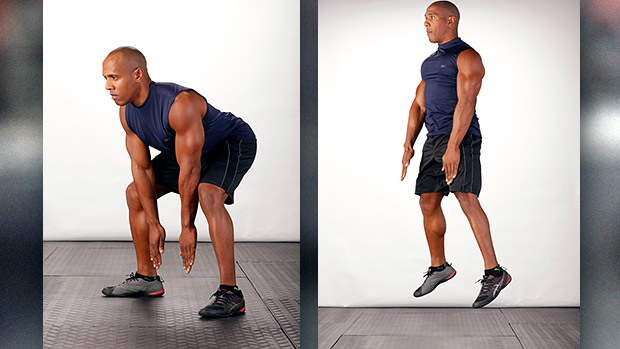Deloading means decreasing the magnitude of the training stress for a brief period of time (5 to 10 days). But strength athletes need to keep in touch with heavy weights even when deloading to keep the nervous system sharp. You resensitize your body by decreasing the amount of work you're doing. How do you do that? The volume deload.
Volume Deload
If you're training for strength, a volume deload is the best choice. Decrease training volume by 40-50% but keep the same level of intensity/effort. You can either reduce the number of reps per set, sets per exercise, or number of exercises.
Let's say that your normal (non-deload) workout looks like this:
| Exercise | Sets | Reps | Load | |
| A | Bench Press | 5 | 5 | 275 lbs |
| B | Close-Grip Bench Press | 4 | 8 | 205 lbs |
| C | Incline Dumbbell Press | 4 | 8 | 70 lbs/hand |
| D | Dumbbell Lying Triceps Extension | 4 | 12 | 30 lbs/hand |
You can deload in volume by reducing reps:
Instead of 5 x 5 do 5 x 3.
Instead of 4 x 8 do 4 x 5.
Instead of 4 x 12 do 4 x 6.
The weight on all exercises would remain the same.
Or by decreasing sets:
Keeping the exercises and weights the same, you'd simply do 2-3 fewer sets per movement.
Or by dropping exercises:
The sets and reps remain the same, but you use only two exercises:
| Exercise | Sets | Reps | Load | |
| A | Bench Press | 5 | 5 | 275 lbs |
| B | Close-Grip Bench Press | 4 | 8 | 205 lbs |
In all three cases you reduce volume by 40-50% and avoid getting used to a certain workload.




